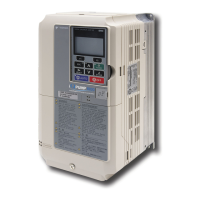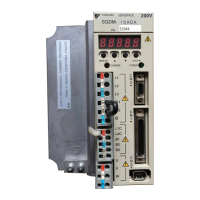101
4.8 Web-Based Management - WBM
1. Enable/Disable User Authentication
1. Click the [Enable/Disable] button next to User Authentication.
The user authentication dialog is opened.
2. Here you can enable respectively disable the user authentication by selecting or
dese- lecting the checkbox.
3. With [Save] the changes are applied and the dialog is closed.
2. Changing System Use Notification
Every time you log on to the CPU via WBM or iCube Engineer, System Use Notification is shown. You
can edit this text for customization. The displayed information is independent of the language used for the
user interface. You should therefore take into account all required languages when editing.
1. To edit, click [Edit Notification] next to System Use Notification.
The dialog window for editing the text is opened.
2. Adjust your text accordingly.
3. With [Save] the changes are applied and the dialog is closed.
3. User Management
User authentication is used to manage the access data of all users who are authorized to access the CPU
and to assign the required access authorizations to each user. The user data of the newly created users are
stored internally in the CPU.
(a) Adding a User
1. Click the [Add User] button.
The dialog window for creating a new user is opened.
2. Enter user name and password.
When assigning user names and passwords, note the length restriction of 127 bytes for passwords
and 63 bytes for user names. The characters are encoded with UTF-8 and the number of bytes used
depends on which characters are entered. For normal characters (letters a-z or digits 0-9) 1 byte per
character is used. Up to 4 bytes per character are used for special characters and umlauts. The length
limit therefore limits the number of bytes and not the number of characters.
3. With [Add] the new user is added to the list and the dialog is closed.
(b) Removing a User
1. In the table behind the user entry that you want to remove, click on the
[Remove User] button.
A security query follows to remove the user entry.
2. With [Remove] the user entry is removed from the table and the dialog is closed.
(c) Change Password
1. Click the [Set Password] button in the table behind the user entry whose
password you want to change.
The dialog window for entering the password for the corresponding user entry is opened.
2. Enter your new password in the 2 input fields.
3. With [Save] the new password for the user entry is applied and the dialog is closed.
4. Modifying User Roles
You can select one or more user roles with different permissions for each user entry. These permissions
control access to:
4
Deployment

